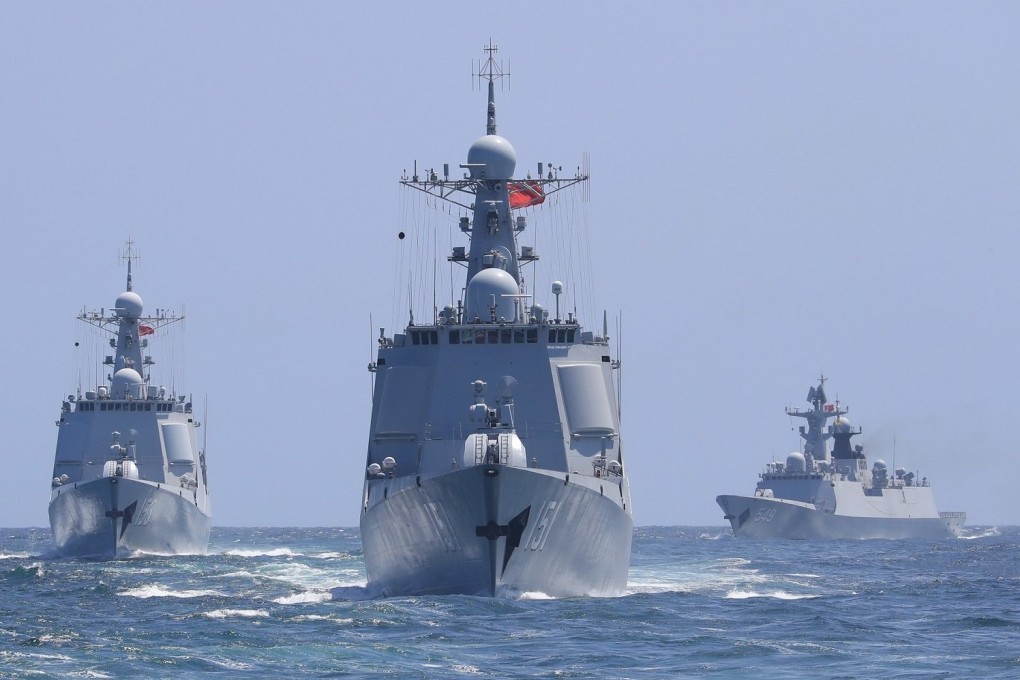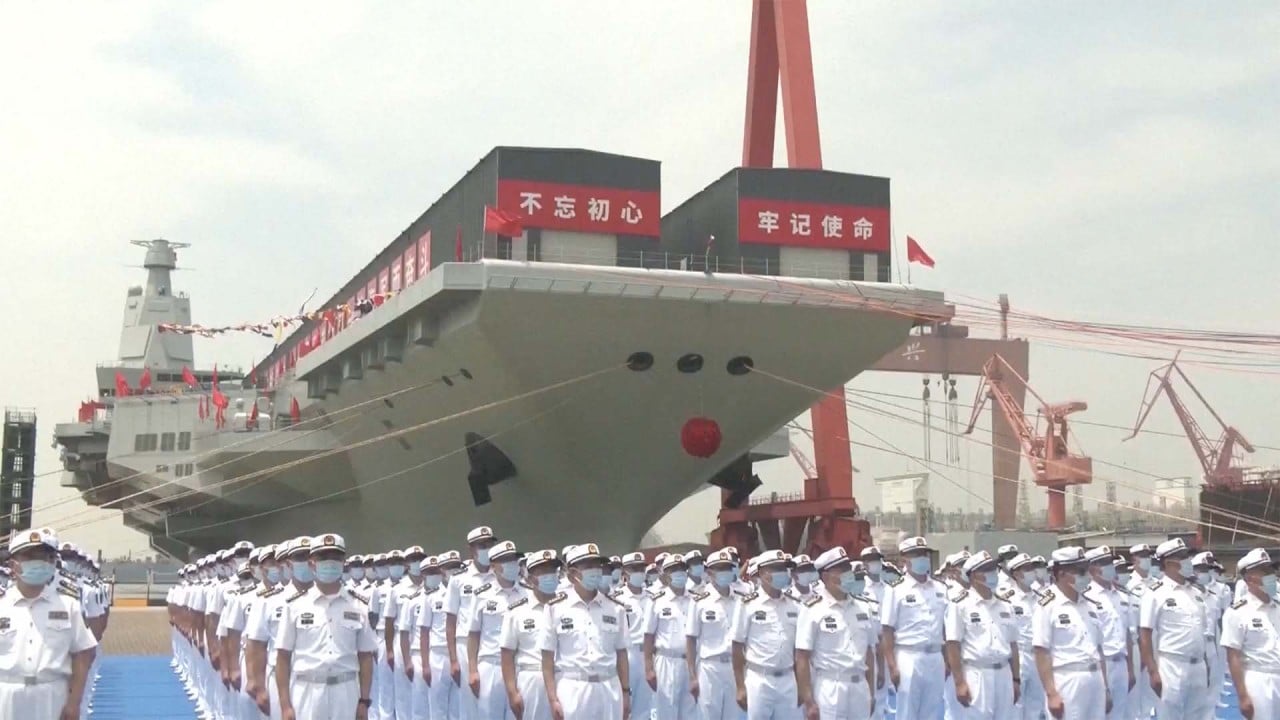China’s naval computer enlists ‘internet of cars’ for more power to design large warships
- Drawing on an industrial cloud platform allowed ship designers to solve complex hydrodynamic problems, says research team
- China has built a vast advanced information infrastructure; by late 2021 it had 1.7 million 5G towers, serving 420 million citizens

A high-performance naval ship design system in China is drawing on computing resources across the country by connecting to a platform initially designed and used as an internet for smart vehicles, according to a Chinese research team.
In one test run, numerical simulation software used by Chinese naval contractors to develop warships enlisted more than 14,000 Intel CPUs in eight industrial servers across China.
It took the software – called Naval Hydrodynamics Oriented CFD Solvers – just eight hours to solve a challenging wave simulation to see how they could affect a large ship’s performance at high speed.
A traditional supercomputer commands a fixed number of CPUs. But this limit does not apply to China’s rapidly growing industrial cloud, according to the researchers.
